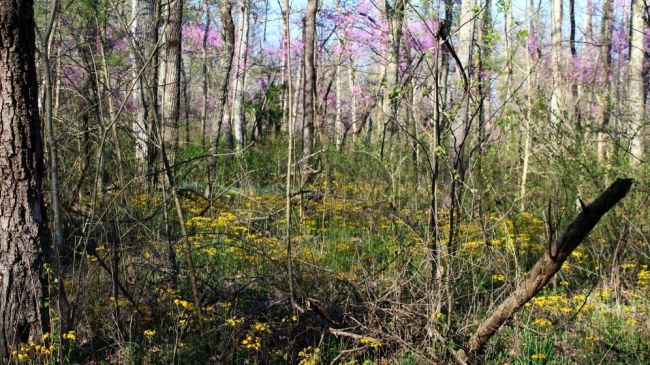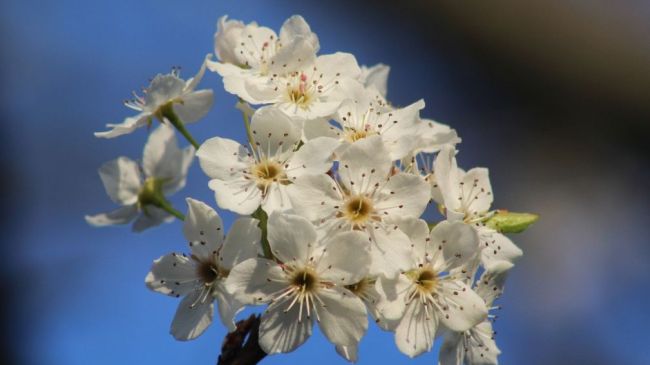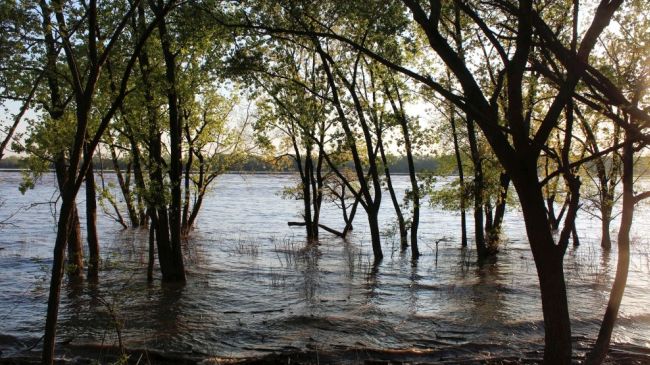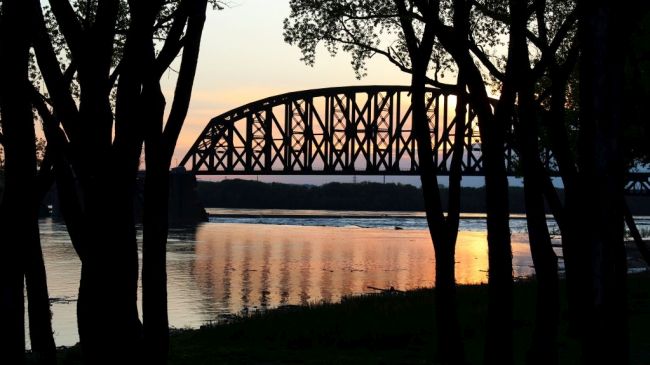By Steven Krolak
(NEW ALBANY, Ind.)–For most of his students, Subhranil De is the associate professor of physics who teaches quantum mechanics and researches the statics and dynamics of classical mechanical systems.
But in his photographs and personal blogs, he reveals another side: an aesthetic sensibility and a writer’s gift for expression.
In a recent email to a wide circle of friends and colleagues, he explored impressions of springtime in Southern Indiana, during the coronavirus pandemic, with its complex currents of apprehension and hope, isolation and solidarity, the uncertainty of human affairs and the seemingly immutable cycles of nature.
Thoughts of a scientist on the mythic power of renewal.
Each year for the past 12 years, De has celebrated that renewal by holding a class beneath the oak tree visible from his office window. But not in 2020.
“In early March, when the lock-down began, everyone realized that exulting in the company of fellow humans over spring’s arrival would not happen this year,” De said.
What followed instead was collective withdrawal amid a mixture of apprehension, confusion, sadness.
“I am a gregarious person, and the lack of direct human contact under this isolation brought a sense of exasperation that is hard to deny,” De said. “The realization brought a melancholy, made heavier by the uncertainty of when things would be back to something even remotely resembling normal.”
But one afternoon in spring, he caught a hint of green in the afternoon light — it was the first faint budding-out on the slopes of Floyds Knobs. De grabbed his camera and headed into the woods, to experience the moment.


“Being outdoors, in the company of nature, combined with my age-old hobby of photography, was enlivening,” De said.
In his photographs, De captured the cycles of nature, ancient yet often overlooked in a world shaped by the rhythms of human enterprise: the flash of eastern redbud blooms in the still-slumbering hardwood forest, the rain-fed Ohio River surging over its banks, the delicacy of cherry blossoms.
These cycles transcend man-made boundaries, giving De’s images a universal resonance.
“While talking to friends and cousins scattered all over the planet, I kept getting this feeling that in an almost twisted sense, the world is presently united.” De said. “Perhaps for the first time in history.”
It was not only the unity of peoples that De felt, but the unity of art and science.

It is a widespread cliche that art and science are as dissimilar as Apple and Windows. But in the phenomenon of creativity, De sees an overlap, if not a fusion.
“The interplay between science and aesthetics is a theme as old as mathematics itself,” De said.
That interplay goes beyond the ability of a scientist to appreciate beauty, or the capacity of a composer to revel in tonic logic. For De, it goes to the heart of the process of discovery.
“It is often the subtle or intricate aspects of an idea that evoke aesthetic emotions,” De said. “How the different components of a certain framework of a concept tangle or disentangle, how sometimes a simple question opens the door to a world of stupefying complexity, and at other times an apparently complex pattern converges to a pristine essence — All this can convey a sense of magic, thereby adding to the allure.”
De’s own life, and professional path, have been enriched by his awareness of these synergies.
“From a young age, I have been familiar with echoes of the connection between aesthetics and science,” De said. “On a less frequent basis, I have even experienced that the same visual frame before me may simultaneously resonate with the poet in me and also present a mathematical idea or inspiration.”
As a high schooler on a family pack trip in Kashmir, De was inspired by the sight of a gently curving mountain slope to construct an equation of an oval.
“The idea involved some three-dimensional geometric visualization involving the intersection of two ‘cylindrical’ surfaces,” De said.
That idea led to his first publication, in The News Bulletin of the Calcutta Mathematical Society.
In the same way, De’s recentpaper on the catenary, to be published in Mathematics Magazine, owes its inspiration to his long-standing appreciation for the beauty of this curved form, expressed in beautiful hanging garlands in his native India.
Themes of beauty and science run through another of De’s projects, a memoir of his nomadic journey as student and teacher, a journey sustained in good measure by drives on back roads, walks in the woods and the reviving power of lyric poetry.

The pandemic, with its enforced solitude, brought with it an opportunity to revisit those inspirations, and to resume progress on that book.
“… At the heart of spring resides a poet, a prolific poet who writes in plenitude,” De said. “Who knows what his whim is, but he erases, and composes again next time, only to erase yet again, while we mortal humans wonder and wither.”


